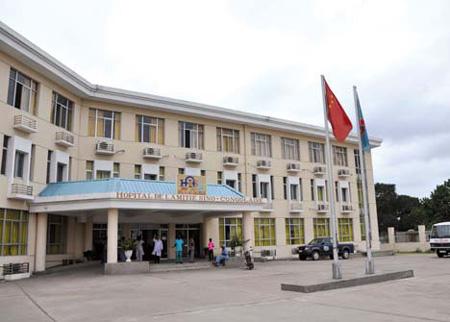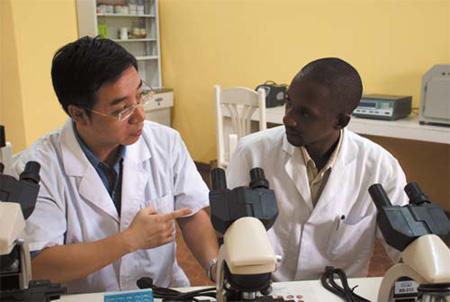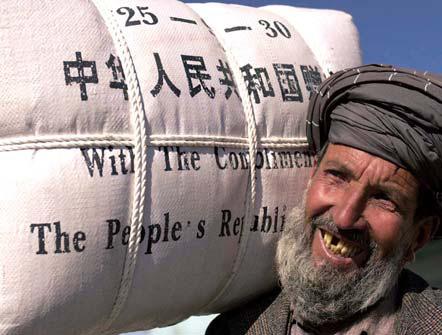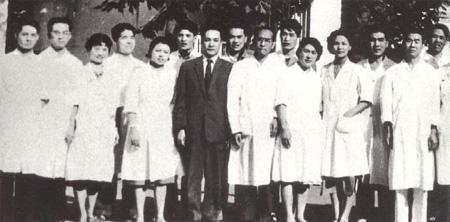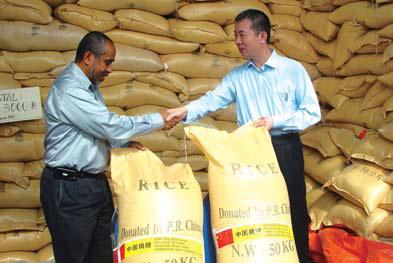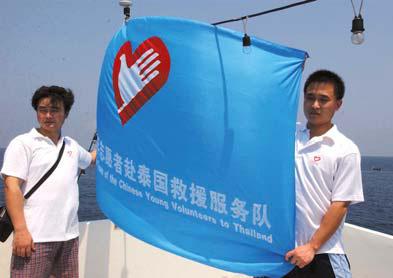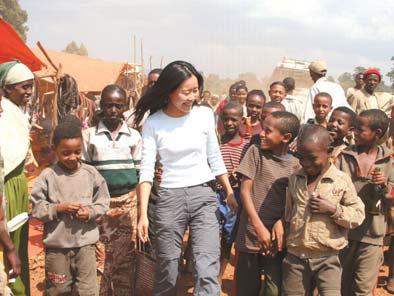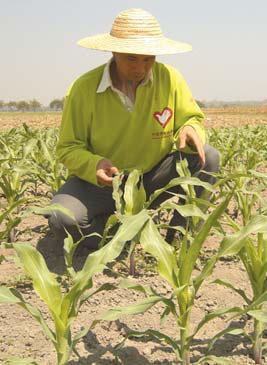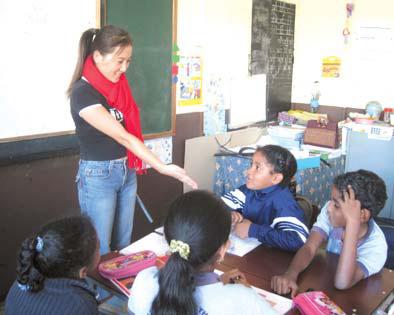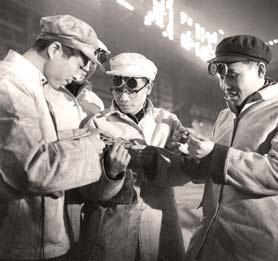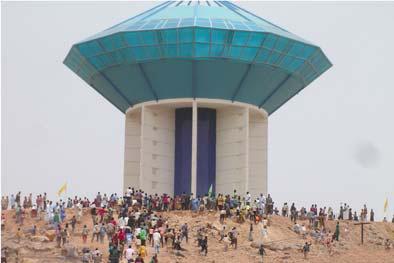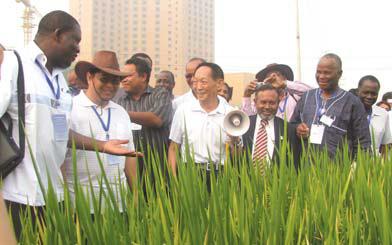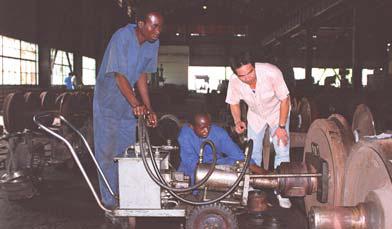(From China Daily, August 13)
1 Medical & healthcare
China is devoted to helping improve healthcare in developing countries. It has built medical treatment facilities, dispatched volunteer health corps, and distributed medicine to nearly 70 countries and regions.
By the end of 2009, China had built more than 100 hospitals and disease control centers. It sent 21,000 medical personnel abroad, and cared for 260 million persons.
2 Social welfare
From digging wells and building houses to providing the needy with food and clothing, China is working to improve living conditions in developing countries. The nation has already completed 150 civil engineering projects and 72 wells.
3 Volunteer services
Since 2003 China has been sending volunteers to support other developing countries. Volunteers assist with Chinese language instruction, sports education, medical care, information technology, agricultural technology and international rescue.
By the end of 2009, China had dispatched 8,400 volunteers abroad, 8,000 of whom were Chinese language teachers.
4 Capacity building
China helps developing countries with capacity building in many ways, including giving project-specific technical assistance, providing technical cooperation and training courses, and hosting workshop for officials.
By the end of 2009, China had organized more than 4,000 training programs, drawing some 120,000 participants. The programs focus on agriculture, water conservancy, light industries, textiles, transportation and healthcare. Now more than 10,000 people from developing countries are trained in China every year.
|
The 150-bed Sino-Congolese Friendship Hospital was completed in 2006. It was among the first modern medical centers in the Democratic Republic of Congo. |
|
A doctor from Chinese medical team trains a local doctor in Guinea. |
|
China has provided supplies to Afghanistan since 2002. Aid shipments include food, medicine, machinery and household items. |
|
China's first overseas medical corps arrived in Algeria in 1963. |
|
A Chinese medical team doctor in the Republic of Congo examines a local girl for eye disease. |
|
In 2000, 195 low-cost homes with a combined floor area of 15,000 sq m were built in Angola. Residents later nicknamed the project China Village. |
|
Since 2002 when it established diplomatic relations with East Timor, China has been paying attention to the country's needs. It has provided rice, agricultural machinery, fishing equipment, pesticides, anti-malaria drugs and other in-kind assistance to East Timor. The picture displays an East Timorian official receiving food aid from China. |
|
Chinese youth raise a rescue team banner. Following the 2005 tsunami, China sent 18 young volunteers to Thailand to assist with underwater work and salvage service. |
|
Volunteer with local children in Ethiopia. |
|
A Chinese volunteer checks a Myanmar corn field. |
|
Volunteer teaches Chinese in Mauritius. |
|
The opening ceremony of the China-Africa cotton and textile training program held in Beijing in December 2005. |
|
Chinese technicians assist a Vietnamese delegation in an Angang steel plant. More than 50,000 people from some 30 developing nations received training in China from 1950s to 1980s. |
|
A 24-meter water tower and a 27-km water pipeline in Zinder, Niger, were completed in June 2005 with China's assistance. The constructions resolved the water shortage problem that had haunted the region for 30 years. This picture shows local residents gathered around their new water tower in celebration of the project's completion. |
|
In September 2009, China organized a ministerial forum on hybrid rice technology. Academician Yuan Longping, the Father of Hybrid Rice , shows forum delegates a test paddy. |
|
Chinese experts and Tanzanian engineers work together in an locomotive repair plant in Dar es Salaam, Tanzania. Since China helped complete the Tanzania-Zambia Railway in 1976, it has carried out 14 technological cooperative projects in the nation. |
Related News
Photos
More>>trade
- CAE Vice President Xie Kechang Attended the 6th Annual Conference of Cross
- Fighting the Next Superbug
- The 2nd "China Rare Earth Industry Development Forum" Held in Baotou
- Honorary Chairman Xu Kuangdi Met with Press Group with China US Exchange
- CAE President Zhou Ji Met with IVA President Mr. Bjorn O. Nilsson
market
- CAE President Zhou Ji Met with INAE President, Dr. Prem Goel
- Enlarged Meeting for CAE Environment and Textile Engineering Academic Division
- China, Sweden Vow to Enhance Cooperation in Engineering Sciences
- CAE President Zhou Ji Signed Agreements with Xinjiang Autonomous Region for
- The 2nd Session of the Fifth Governing Board Held in Nanjing
finance
- A Double Blessing Descended upon CAE Member Yuan Longping First Hybrid Rice
- Both CAE and CAS Member Wang Dianzuo Won Lifetime Achievement Award at IMPC 2010
- CAE Member Xiang Haifan Won ASCE Robert H. Scanlan Medal
- Environmental Quality Ranks High on the Agenda
- CAE President Zhou Ji Met with Delegation of Swiss Academy of Engineering

